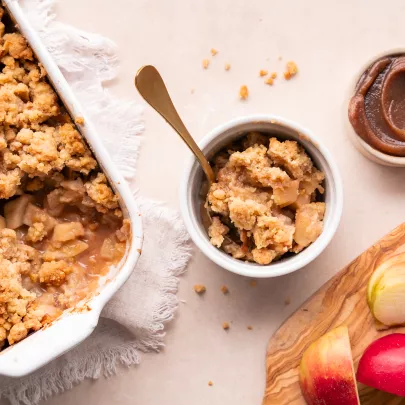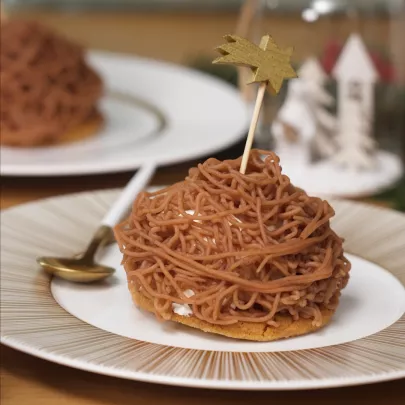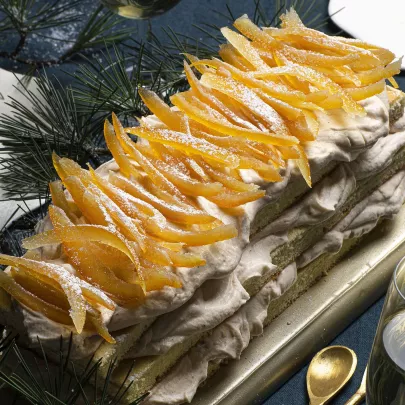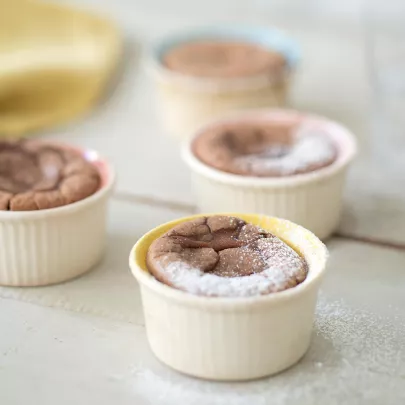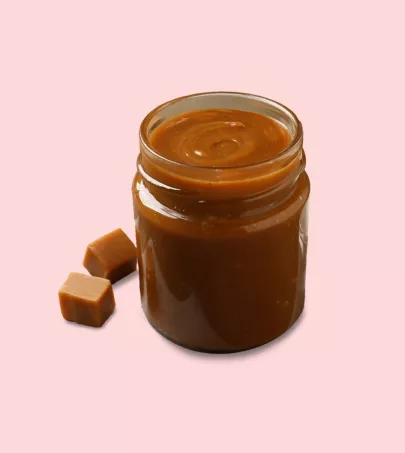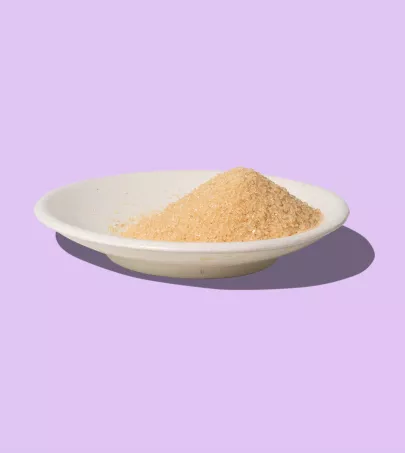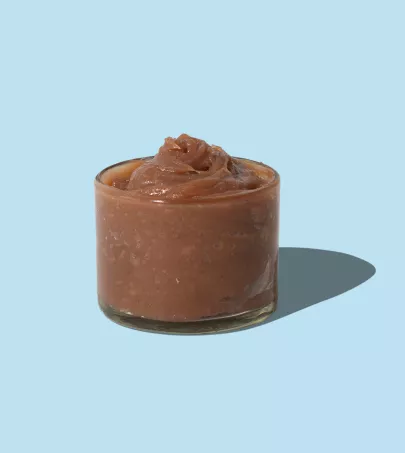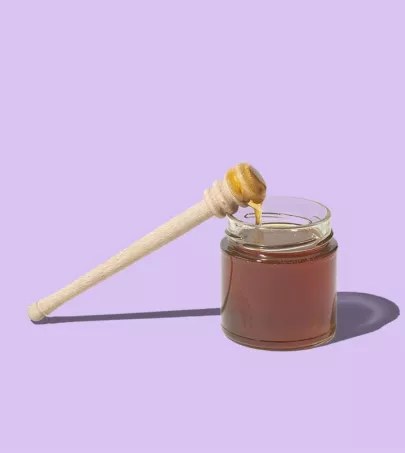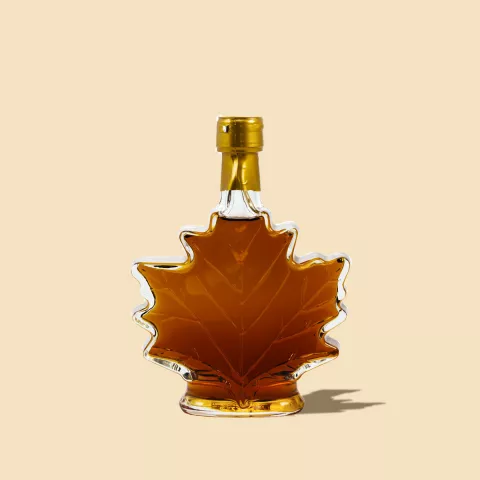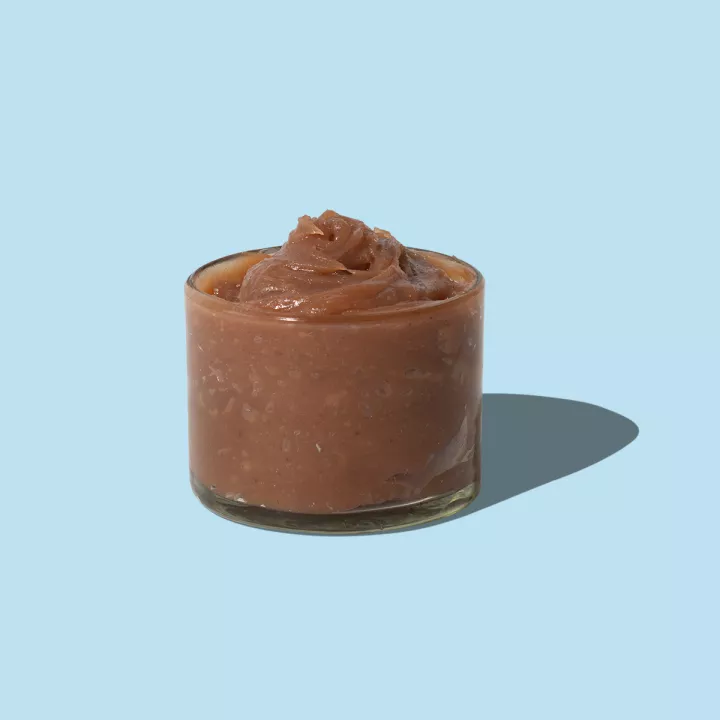
Chestnut Cream
Auvergne - Rhône-Alpes
Although chestnut cream has only been around for a little over a hundred years, it is an iconic product among foodies, symbolizing the love story between a region and its produce.
What you need to know
Crème de marrons (chestnut cream) was invented in the department of Ardèche in 1885, by a manufacturer who was trying to find a use for the pieces of sweet chestnuts broken during the production of candied chestnuts. It is made from fresh, peeled sweet chestnuts, cooked and reduced to a puree to which sugar, candied syrup and vanilla are added. Some versions can contain pieces of candied chestnut. At least 38% of the product must be sweet chestnuts.
With half the national crop, Ardèche produces moresweet chestnuts than any other department in France, ahead of Aveyron, Dordogne, Corrèze, Lot and Corsica. The Ardèche chestnut was awarded an AOC (Controlled Designation of Origin) label in 2006 and a PDO (Protected Designation of Origin) label in 2014, to protect the fruits of local old species. Sweet chestnut trees have always grown in Ardèche and have been cultivated there since the 13th century.
Characteristics
Look
Taste
Nutritional benefits
Sweet chestnuts are very low in fat, cholesterol and sodium. They are very rich in manganese. This spread is very sweet, so should not be eaten too often, but it is perfect before exercise as it releases its energy gradually.
Editor's note
How to use
Tasting Tips Chestnut cream
Try it in a bowl of ice cream with Chantilly cream or simply in a yogurt or with fromage frais, in a pancake or on a waffle. It is also used to make desserts. In particular, it is an essential ingredient in the famous Mont-Blanc dessert, a cake made with Chantilly cream and meringue.
Pair with
Sweet: Chantilly cream, meringue, chocolate, vanilla ice cream, rum.
Wines: Rivesaltes PDO, Maury PDO, Banyuls PDO

